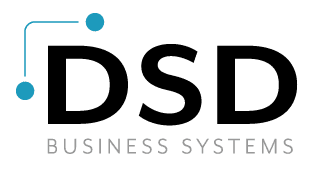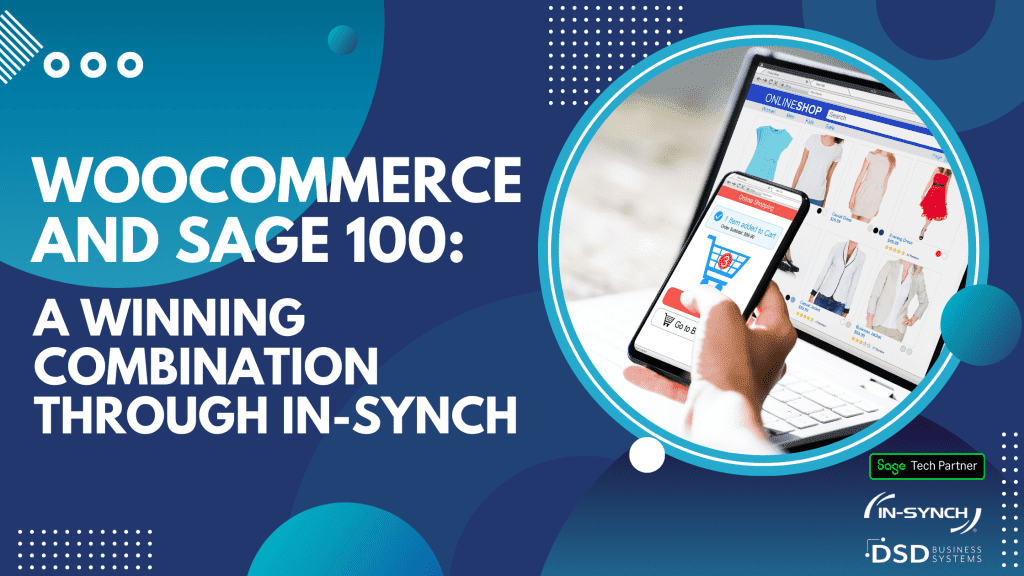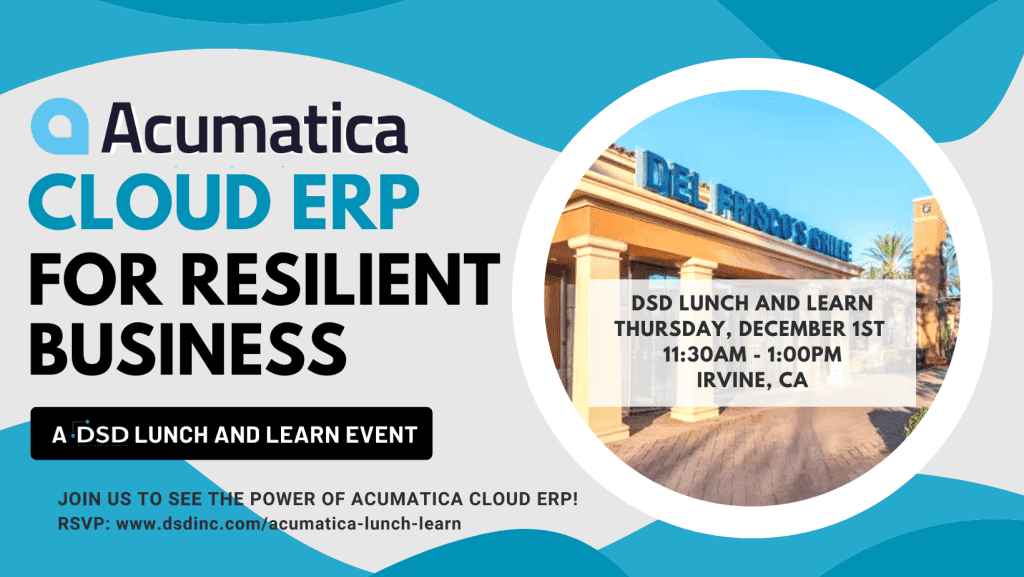Server Virtualization/Consolidation
Blog by Doug Deane
Server virtualization has been around for many years, and one of the most common uses is to combine many servers on to one physical server box, in order to reduce energy costs. In fact, server consolidation has become a no-brainer in light of the affordability of products like VMware ESXi, and in light of the affordability of high powered servers and storage devices.
One of our customers recently came to us with a request for help. They had these servers:
- Terminal Server
- Sage MAS200 Server
- SQL Server
- Exchange Server
- Data Server
- IS Server
Their electric bill was higher than it should be, and they were having problems keeping their server room cool, particularly when the outside temperature got above 80 deg. We asked our IT staff to review their needs, and they were prime candidates for server consolidation/virtualization. This is a fancy term for placing all six servers on one single box, using special server virtualization software available from VMware.
That work has recently been completed, and our customer has already seen substantial improvements in their server room temperature, and they expect to see a dramatic decrease in their server room electricity use. It will probably be 50-70% less than it was. Additionally, data backup is more secure because one single backup process can service all 6 servers.
Here are some FAQ’s:
- Can I use one of my existing servers as the consolidated platform, or does a new server have to be purchased? You need to purchase a new server with the latest processors that are enhanced for Virtualization. The new servers are also much more efficient power wise and will save $$ in your power bill.
- Are there any special considerations when purchasing the new server? The server that is purchased to run VMware only needs to have a large enough RAID array built in to accommodate all the servers that will be virtualized to it.
- What is the approximate cost of VMware for such a system? VMware ESXi is FREE
- How many dollars are usually involved in virtualizing and consolidating servers? The cost of virtualizing runs in the neighborhood of 60-100% the cost of the hardware. So if you bought a $5000 server the labor would cost between $3000-$5000.
- About how much electricity is saved per year? Typical savings is $75/month/server for a heavily utilized server. So, eliminating 6 servers and replacing it with one virtual server could save you as much as $300-$400 per month.
- What is the effect of virtualization on environmental systems? Reduced power and cooling costs is the big win here. Server virtualization is very “Green”. Additionally, the reduction in server room cooling costs could equal the server electricity savings.
- What is the effect on performance. i.e. Is the virtual platform much slower than the individual servers? Performance actually increases, especially between servers that send data back and forth between each other.
- Are there any common compatibility issues that are run into, particularly with Sage software products? Oracle databases are not yet certified to run virtually, besides that, we haven’t found any other compatibility issues.
- Are there any complications concerning backup and security? Backup should be done via a VMware backup software such as Veeam Backup, or Windows image based solution such as Storage Craft’s Shadow Protect. Old tape backup will not work. If you do use a VMware backup solution you have to purchase VMware Essentials – around $450 to gain access to the backup API in VMware.
What are you waiting for? You can learn more about the benefits of server consolidation by clicking on this link:
http://www.vmware.com/virtualization/why-virtualize.html
———————————–
Doug Deane is President of DSD Business Systems, a national provider of ERP and accounting software, specializing in wholesale distribution, manufacturing, warehouse management, inventory and CRM software, including Sage MAS 90, Sage MAS 200, Sage Accpac ERP, Sage MAS 500, Sage FAS, Sage Peachtree, Sage PFW, Sage Abra, SageCRM, SalesLogix, Extended Solutions Enhancements, and Custom Programming.
———————————–
Doug Deane is President of DSD Business Systems, a national provider of on-demand (cloud) and on-premises ERP and CRM software, specializing in wholesale distribution, manufacturing, warehouse management, inventory, business intelligence and eCommerce software. DSD offers Sage 100 (formerly MAS 90), Sage 300 (formerly Accpac), Sage 500 (formerly MAS 500), NetSuite, Sage FAS, Sage HRMS (formerly Abra), Sage CRM, Sage SalesLogix, Extended Solutions, and Custom Programming.








